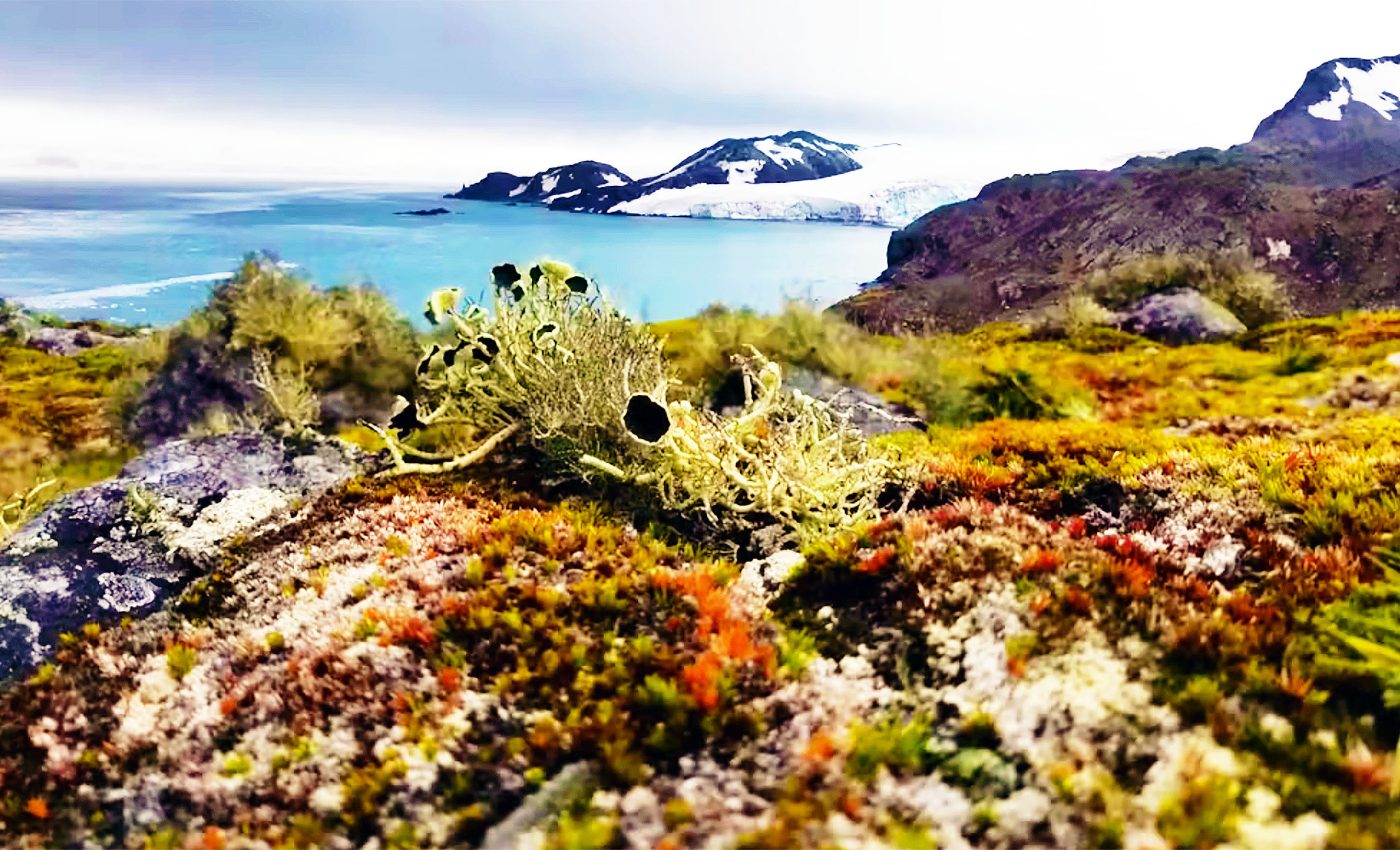
Antarctica hosts more plant life than scientists expected to find
Antarctica, the land of ice and snow, holds more life than you might imagine. A recent study that mapped plant life across the continent for the first time unveils surprising insights.
Covering mosses, lichens, and algae, the research uncovers a wealth of greenery expanding even in areas previously believed to be barren. These findings are set to steer conservation initiatives in the region, taking them to new frontiers.
The high-tech survey of Antarctica’s plant life involved the use of a satellite belonging to the European Space Agency (ESA).
Together with data from several summer seasons’ worth of field measurements, the survey discovered almost 45 square kilometers of vegetation.
That’s approximately equivalent to triple the size of Lake Windermere in the UK’s Lake District.
Plant life of Antarctica
A group of international researchers discovered that over 80% of the vegetation discovered thrives in the Antarctic Peninsula and neighboring islands.
Despite the extensive exploration, the team found that the vegetation accounts for a minuscule 0.12 percent of Antarctica’s non-icy area.
This highlights the need for focused monitoring of areas abundant in vegetation, as these are inadequately shielded by the existing Antarctic Specially Protected Area (ASPA) system, according to experts.
Silent warriors of Antarctica
Plant life in Antarctica, mainly mosses and lichens, has developed remarkable adaptations to withstand the region’s harsh polar conditions.
Each plant serves a critical function in the recycling of carbon and nutrients at a local level. Before this study, the extent and distribution of these resilient greens across the continent were largely uncharted.
The exceptional environmental sensitivity of Antarctica’s flora can serve as a reliable measure of regional climate change.
Monitoring these plants within the untouched landscapes of Antarctica might offer insights on the response of similar vegetation in other fragile regions around the world, like some areas of the Arctic.
Understanding mosses and lichens
Mosses and lichens are tough, tiny organisms that make a big difference in the world. Mosses are small and soft. They usually grow in thick, green patches in damp or shady spots.
Without roots, they soak up water and nutrients directly through their leaves. Mosses help keep the soil in place, hold moisture, and create homes for small creatures.
Lichens are a bit different. They are a team made up of a fungus and an alga or cyanobacterium. The fungus offers support and shelter, while the algae or cyanobacteria make food through photosynthesis.
This teamwork lets lichens survive in some of the harshest places on Earth, like icy tundras or bare rock surfaces. Lichens also help turn rocks into soil and provide food for various animals.
Both mosses and lichens are vital for the health of ecosystems, especially in tough environments where few other plants can live.
Influence of Antarctica’s plant diversity
“Our continent-wide map reveals crucial details about vegetation in remote, seldom-visited areas,” said Charlotte Walshaw, a PhD researcher at the University of Edinburgh’s School of GeoSciences.
“This will significantly enhance our understanding of vegetation distribution across the continent and the factors that shape it,” she concluded.
“Lichens and mosses in Antarctica face the planet’s harshest conditions every day. Only the toughest organisms survive there,” said Dr. Claudia Colesie, a researcher at the University of Edinburgh’s School of GeoSciences. “With this knowledge, we can now focus on targeted conservation efforts to protect their future.”
“Remote sensing approaches such as this are low impact methods to study Antarctica’s fragile ecosystem as well as monitor changes to its vegetation in the future,” noted Dr Andrew Gray from the Norwegian Institute for Nature Research, who jointly led the study.
Role of technology in ecological research
As our understanding of ecosystems deepens, the integration of advanced technology in ecological research has become increasingly vital.
The recent aerial survey of Antarctica’s plant life exemplifies how innovative tools can enhance our ability to gather data in remote and harsh environments.
Technologies such as satellite imagery and remote sensing not only allow researchers to map vegetation efficiently but also provide a broader perspective on ecological changes over time.
These methods enable scientists to monitor shifts in plant distributions, assess the health of ecosystems, and identify areas at risk from climate change or human activity.
The use of drones with imaging technology is also transforming ecological studies by navigating challenging terrains and capturing detailed imagery. This allows rapid data collection and timely conservation strategies adaptable to a changing climate.
Combining satellite data, field measurements, and drone technology expands our understanding of remote regions. These tools help unveil hidden ecosystems and enhance biodiversity protection.
Embracing technology in ecological research is vital for effective future conservation and management.
—–
The majority of the research team hailed from the University of Edinburgh, along with the Norwegian Institute for Nature Research, British Antarctic Survey, and Scottish Association for Marine Science.
The full study was published in the journal Nature Geoscience.
—–
Like what you read? Subscribe to our newsletter for engaging articles, exclusive content, and the latest updates.
Check us out on EarthSnap, a free app brought to you by Eric Ralls and Earth.com.
—–













